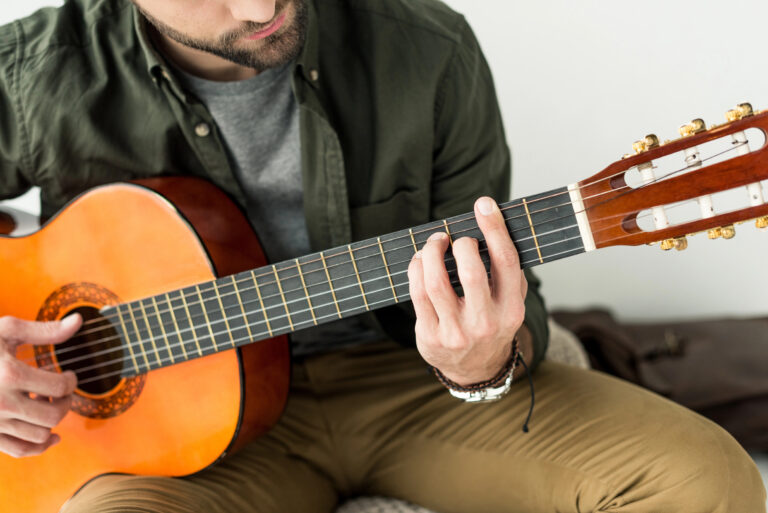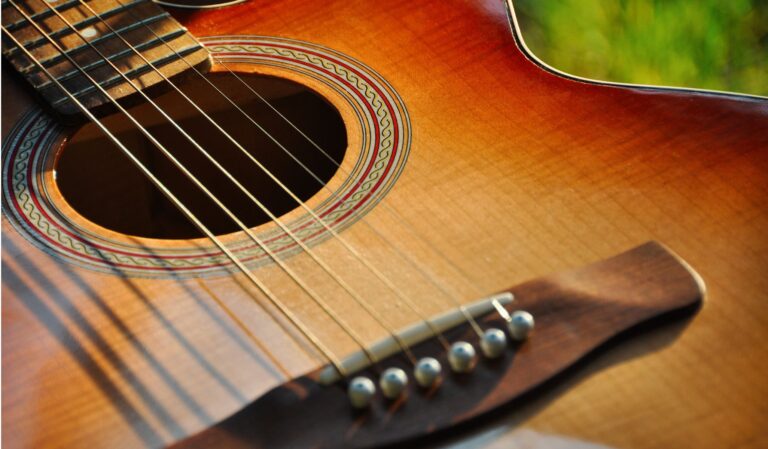10 Guitar Habits Even Experienced Players Struggle With
You’ve been playing for years.. You know your scales.. You’ve got your favorite chord grips locked in (IYKYK). You’ve spent hours tweaking tone settings until they felt just right.
But the truth is a lot of guitarists don’t want to admit that they fall into habits that drag down their playing.

Some of them are old mistakes that never got corrected, and others are bad routines that creep in without even noticing. The good news is every single one of these habits can be fixed, but it’s about being conscious of these mistakes in the first place.
Here are ten of the most common habits seasoned players run into, and how to break them before they hold you back any longer.
#10: Overlooking Dynamics and Touch
A lot of players spend years working on scales, speed, or finger strength, but almost none of that matters if every note comes out at the same volume. When everything you play is flat and even, your solos lose the emotion that makes people really listen.

The fix is to start thinking less like a guitarist and more like a singer. A singer doesn’t belt every line at full power. They pull back in the verse and let loose in the chorus.
You can do the same with your picking hand. Play a lick softly, then play it again with more bite.
Try palm muting on one pass and letting the notes ring open on the next. You can even switch to hybrid picking for a completely different texture.
Once you start treating touch and dynamics as part of the song instead of an afterthought, your playing immediately sounds more authentic and alive.
#9: Ignoring Rhythm While Focusing on Technique
When you only focus on speed or scales, your timing usually slips. Even advanced players miss this because they think technique will carry the whole performance.
Here’s how to focus on rhythm:
- Jam with a drum loop. Instead of practicing scales in silence, lock your riffs to the kick and snare.
- Record yourself strumming. Play a simple chord pattern and listen back. Do you feel it pulling forward or dragging behind?
- Switch focus mid-practice. After running a lick, spend a few minutes just playing quarter notes, eighth notes, sixteenth notes and subdivisions, in time.
Solid rhythm changes everything.
#8: Over-Dependence on Familiar Scale Shapes
Every guitarist has that one spot on the fretboard they run to without thinking. For most players, it is the fifth fret A minor pentatonic box.
Don’t get me wrong.. it works in a LOT of situations. But it’s “safe” and staying there too long makes everything you play sound the exact same.

The way out is to expand slowly.
Start by connecting that box to the patterns to the right and then the left. Learn where the root notes repeat, then use those as stepping stones.
Another approach is to take a simple lick you already love and shift it into a new position. At first it will definitely feel awkward, but once your fingers catch on, your solos start opening up across the neck.
You do not need a hundred new scales to sound fresh, but you do need to break the habit of living in one box.
#7: Weak Chord Tone Awareness in Solos
I remember learning my first scale patterns and thinking I was the guitar GOAT. I could blaze up and down the neck, but when I tried soloing over real songs, something felt.. off. The notes were in the key, but they didn’t actually fit the chords underneath.
That is what happens when you ignore chord tones.
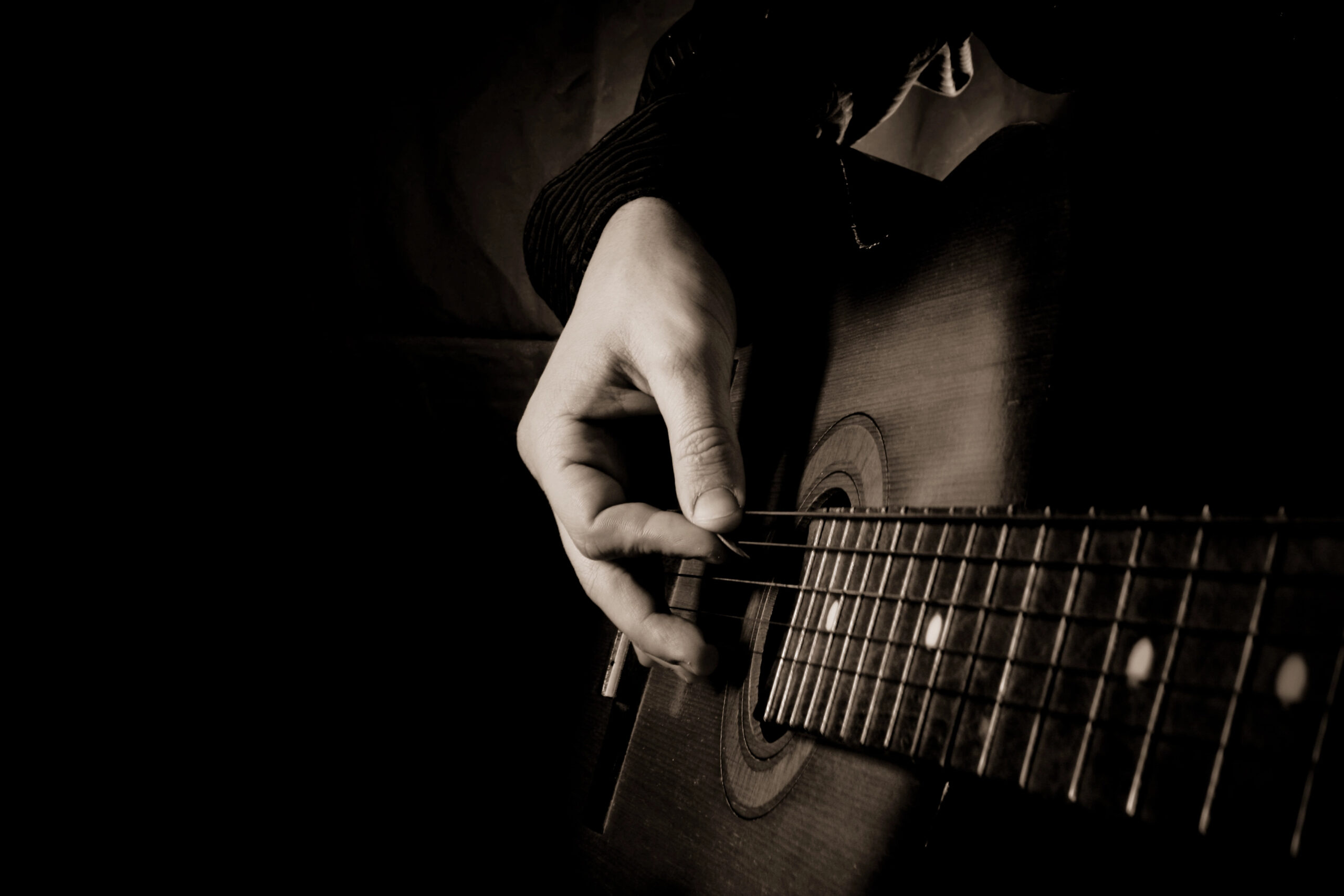
Scales are great, but the music comes alive when you target the chord tones. That third and fifth are what makes the solo feel grounded. Leave them out or don’t land on them and the whole thing sounds a little lost.
The quickest way to fix this is with arpeggios.
They map out the exact notes in each chord, and practicing them teaches your ear where the strong landing spots are.
Watch my free Youtube lesson on arpeggios here:
Another trick is to loop a simple progression and force yourself to target the root, third, fifth, or even the seventh on every change. It might feel restrictive at first, but soon you will start hearing how melodies connect directly to the harmony.
#6: Skipping Ear Training (Even After Years)
A lot of guitarists rely on tabs for everything. Tabs will get your fingers to the right frets, but they never teach you how the music is supposed to feel.
That is why so many players freeze up when they need to learn something by ear.

To start, pick an easy riff you already know (or don’t know if you’re feeling froggy) and try to figure it out without looking it up. Sing the notes first, then match them on the fretboard.
You can even practice calling out intervals while you play. It does not need to be fancy; five minutes of this every day makes your ears sharper than hours of tab-reading.
#5: Avoiding Keys Outside Their Comfort Zone
Most guitarists live in the “guitar-friendly” keys: E, A, D, maybe G.
That is fine until a singer wants a song in B flat or you sit in on a jam where everyone shifts into keys with flats. Suddenly your comfortable shapes feel like a foreign language. I’ve 1000% been there.
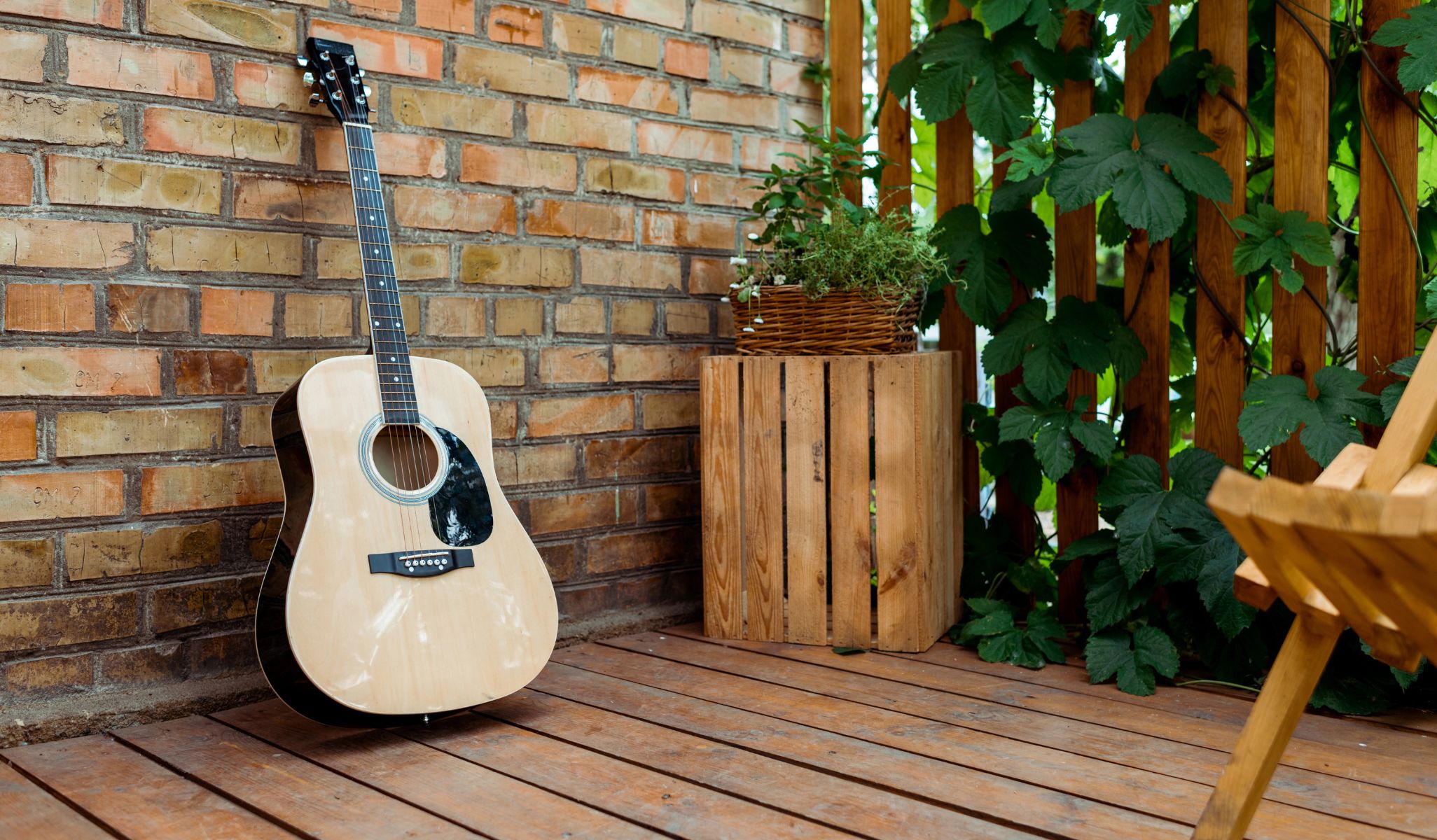
The way around this is to stop avoiding the uncomfortable keys and bring them into your practice. Yes, practice, practice, practice. But with intention.
The Circle of Fifths is a great place to begin. Pick one key you never play in and build a I–IV–V progression. Strum it until the changes feel natural, then try moving into its relative minor.
>> I show you how to do this in my Youtube lesson here: Circle of Fifths Guitar Lesson – Learn It, Use It, Master It
Another approach is to take a riff you already know in E and shift it up or down until it fits a different key (no capos though, that’s cheating lol). With repetition you realize it is the same patterns, just moved.
The players who sound pro are not locked into three or four keys. They can move anywhere on the fretboard, in any key, and still feel confident.
#4: Neglecting Tone Shaping
A lot of players focus on pedals and amp settings, but they skip the simple controls already built into your guitar. Tone starts in your hands and with the instrument itself.

- Volume knob: Roll it back to clean up your sound, push it up when you want grit.
- Pickup selector: Learn how each position changes the mood.
- Tone knob and coil taps: Subtle tweaks here can shift your sound more than you expect.
- Picking hand placement: Play near the bridge for brightness, near the neck for a softer feel.
- Attack: Dig in hard for aggression or lighten up for smoothness. Use the tip of the pick for clarity, use the rounded side for a softer feel. Use just your fingers!
#3: Forgetting to Play With Other Musicians
I once practiced for months on end without playing with a single other person. My scales were awesome and my bends were in tune. But when I stepped into a jam session, I realized I could not lock in with the drummer.
My timing drifted, and those riffs that felt tight in my bedroom sounded out of sync.
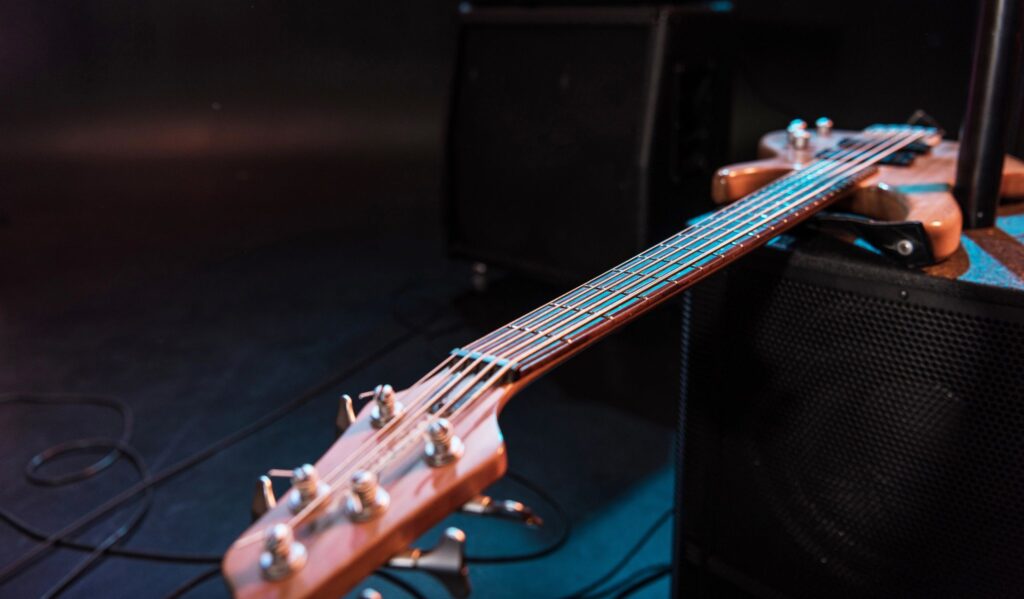
Practicing alone is important, but it can trick you into thinking you are tighter than you really are. Playing with other musicians forces you to listen differently. You learn when to step forward and when to hold back, how to leave space, and how to adjust to someone else’s feel.
If you do not have local friends to jam with, there are still options. Record a rhythm track and play over it, or use backing tracks online.
The more you play against something outside yourself, the more natural it becomes to sit in the pocket with real musicians.
#2: Over-Practicing “Safe” Riffs and Licks
Every guitarist has comfort licks. The problem is that safe riffs do not push your playing forward.

Here’s how to break out of that:
- Set a challenge: Pick one technique you usually avoid, like alternate picking or wide stretches, and give it way more focused time.
- Change positions: Take a lick you love and move it into a new part of the neck.
- Flip the rhythm: Play the same notes but shift the timing. Maybe try an odd time signature. Even small changes force your brain to adapt.
- Dedicate practice time: Spend at least 20% of your session on material that feels uncomfortable.
Growth lives in discomfort.
#1: Playing Without a Long-Term Plan
Noodling always feels fun.. until it turns into months of standing still. The fastest way to grow is to set simple goals. Learn triads across the neck. Get comfortable improvising in new keys.

Write down one short-term goal and one long-term goal. That small bit of structure keeps your practice moving forward instead of looping in circles.
Conclusion
Even experienced players slip into habits that hold them back.
The key is noticing them early and making small adjustments. Fix just one of these blunders and your playing will feel more intentional.
